supreme court ruling
(MAHALO E KANAEOKANA FOR THIS RESOURCE)
Say “no” to TMT, even if you support it
----
Whatever your personal feelings about the TMT may be, the fallout from the way the project is bulldozing ahead should alarm you.
The decisions attempting to greenlight the controversial telescope’s construction show very little foresight. The ripples that come in their wake will negatively impact the way we interact with the land and sea far into the future.
Back in October the media shared a Hawaiʻi Supreme Court ruling that allows the Board of Land and Natural Resources (BLNR) to grant the Thirty-Meter Telescope (TMT) project a permit to build its 5-acre, 18-story project in the conservation district of Mauna Kea.
But what the media glossed over was a key argument used to justify the approval, an argument that dissenting Justice Michael Wilson warned would have huge ramifications for protecting important environmental and cultural sites.
Under heavy political pressure, the Supreme Court justices adopted the BLNR’s illogical and self-serving argument that the previous degradation of Mauna Kea by other telescope projects had created so much damage that there was no need to protect an as yet untouched northern plateau of Mauna Kea from harm that would be inflicted by the TMT.
The outcome is that “one of the most sacred resources of the Hawaiian culture loses its protection because it has previously undergone substantial adverse impact from prior development of telescopes,” or in other words, the ruling “violates norms of environmental law," said dissenting Justice Michael Wilson.
If we follow the BLNR’s “logic,” there’s no reason to remove ordnance from Kahoʻolawe, Pōhakuloa or Mākua, since the military so thoroughly bombed them. There’s no need to clean up the Ala Wai. It’s far too polluted. And there’s no point in stopping plastics from entering the ocean. The Pacific Garbage Patch is already double the size of Texas.
Thus, even if you support the TMT, the justification being used to push the project forward sets a dangerous precedent and has an adverse effect on any place in Hawaiʻi that you hold dear.
Following this reasoning, it’s okay to allow harms such as these to occur on Mauna Kea, in a most significant conservation district protected by numerous laws:
Chemical waste and human waste can leak undetected from two 5,000 gallon storage tanks two stories under the TMT, adding to three previous instances of mercury spills from existing telescopes.
Pollution can poison aquifers that Hawaiʻi Island’s communities rely on that are fed by water filtering through Mauna Kea.
An 18-story, 5-acre building can loom over a conservation district on an island where nothing is allowed to exceed the height of 7 stories.
Hawaiians can be prevented from practicing the most fundamental and meaningful aspects of their culture, which compels them to conserve sacred places--while the state uses their culture to drive its tourist economy.
Laws put in place to protect conservation districts can be ignored, if managers, like the University of Hawaiʻi in this case, have grossly mismanaged those places in the past (see past UH Mauna Kea management audits from 1998, 2005, 2014, and 2017).
Is that how we want to treat our most environmentally and culturally significant places in Hawaiʻi?
If you care about the integrity of Hawaiʻi’s most environmentally pristine places, if you care about following both the letter and spirit of our community’s laws, if you want Hawaiʻi to remain the Hawaiʻi that you have come to love, please join us in saying “no” to TMT. It’s not too late.
----
Submitted in collaboration with over 80 community organizations, leaders, cultural practitioners, and aloha ʻāina supporters who stand in solidarity to protect Mauna Kea and the letter and spirit of Hawaiʻi’s land conservation laws: http://kanaeokana.net/aole
